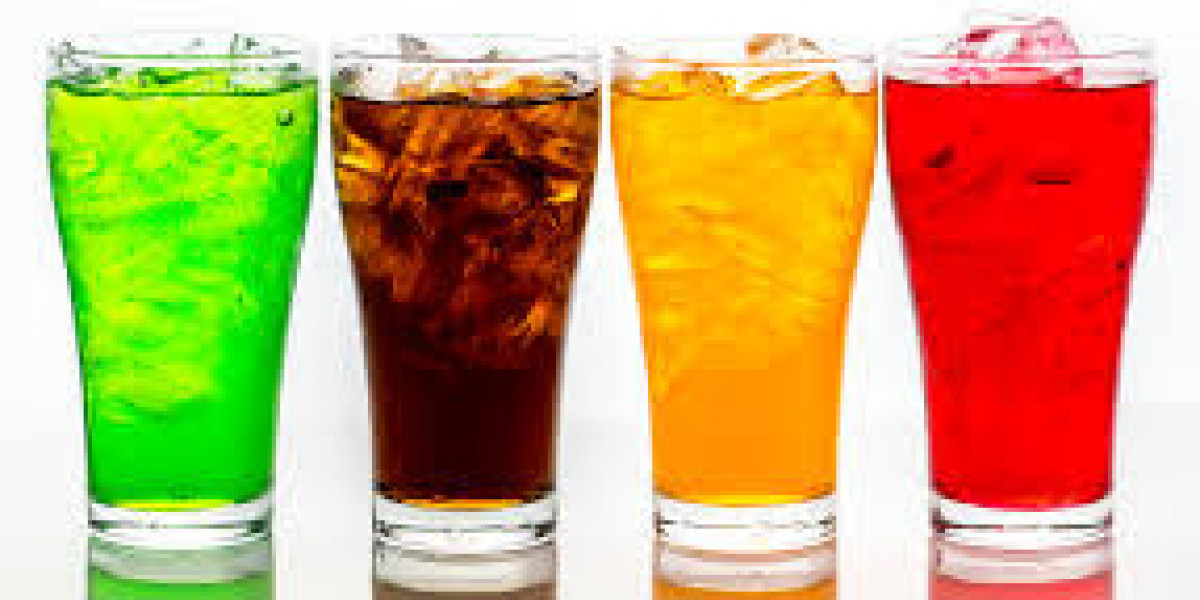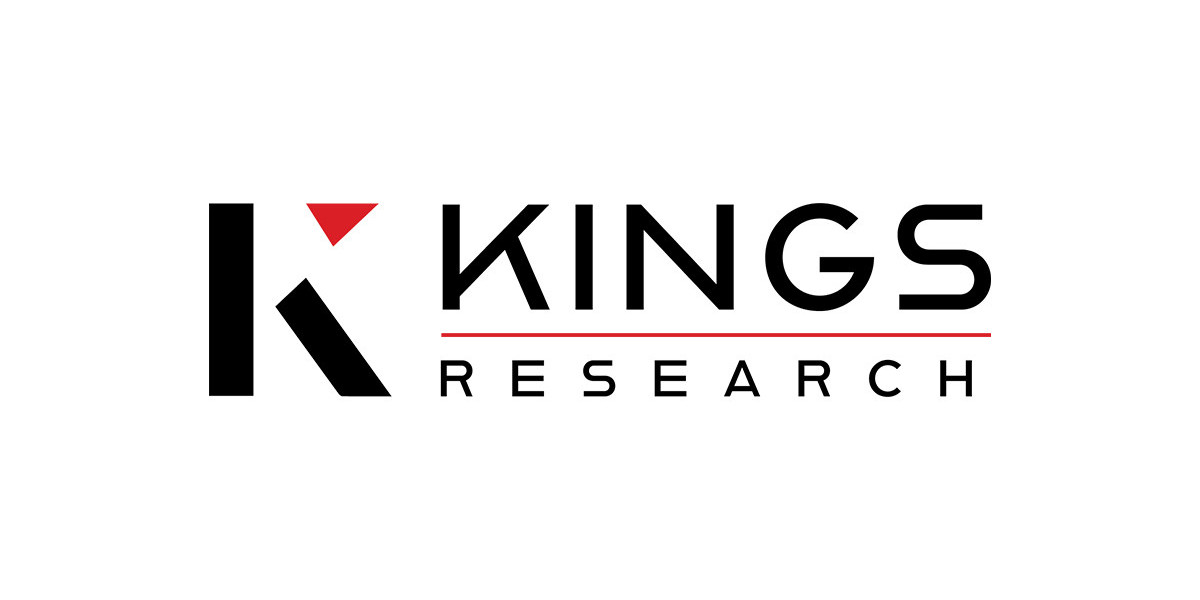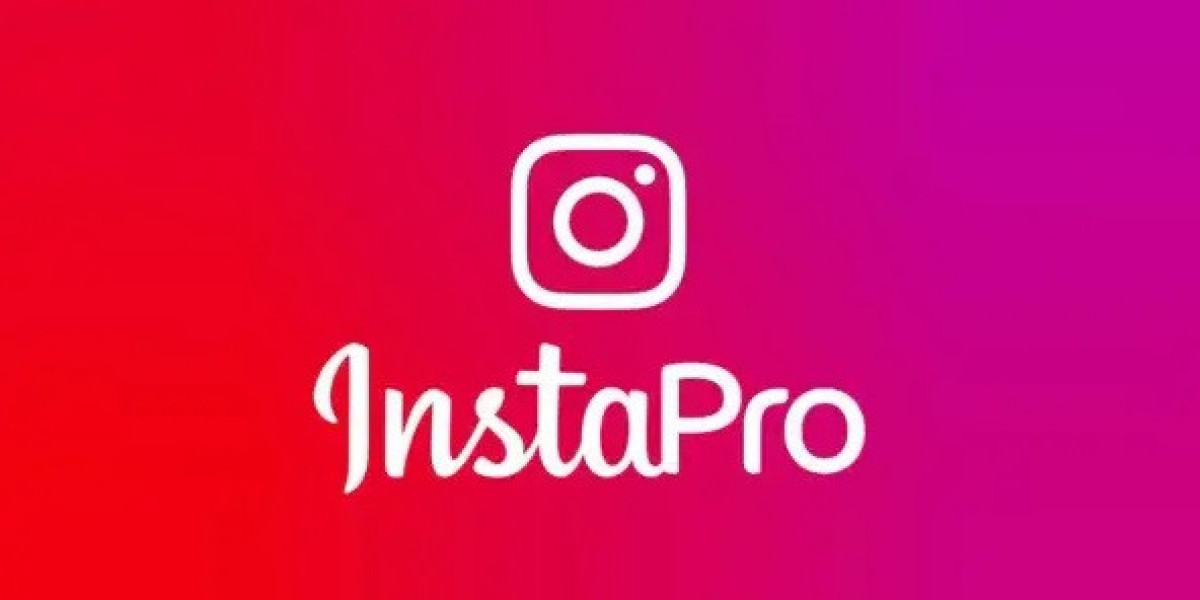The Role of Packaging in Consumer Perception
Packaging is the first interaction a consumer has with a beverage, making it a crucial aspect of brand perception. A well-designed package can evoke emotions, create brand loyalty, and establish trust. Beverage companies leverage colors, fonts, and imagery to create a unique identity that differentiates their products from competitors.
- Color Psychology: Colors significantly impact consumer perception. For example, green is often associated with health and sustainability, making it a popular choice for organic and natural beverages. Red and orange evoke energy and excitement, commonly used for sports drinks and sodas.
- Typography and Logo Design: Fonts and logos convey brand personality. Bold and modern fonts suggest innovation, while classic typography reflects tradition and trustworthiness.
- Material Choice: The type of material used in packaging also influences consumer perception. Glass bottles are often linked with premium quality, while paper cartons are associated with eco-friendliness.
Branding and Consumer Decision-Making
Branding goes beyond aesthetics—it influences how consumers connect with a product. Strong branding helps establish an emotional connection, making consumers more likely to choose a specific beverage over competitors.
- Brand Storytelling: Many beverage companies use packaging to tell their brand’s story, whether it's about heritage, sustainability efforts, or unique ingredients.
- Consistency Across Product Lines: A cohesive branding strategy across different products helps build brand recognition and loyalty.
- Personalization and Limited Editions: Customizable packaging and limited-edition designs create a sense of exclusivity, encouraging impulse purchases.
Sustainable Packaging and Consumer Preference
As environmental concerns grow, sustainability has become a major factor in consumer decision-making. Beverage companies are adopting eco-friendly packaging solutions to attract environmentally conscious consumers.
- Recyclable and Biodegradable Materials: Many brands are moving towards materials that can be easily recycled or decomposed, such as paper-based cartons and biodegradable plastics.
- Reusable Packaging: Some companies offer refillable bottles and glass containers to reduce waste.
- Minimalist Packaging: Simplified designs with fewer materials help reduce environmental impact and appeal to consumers who prefer sustainable choices.
The Influence of Innovative Packaging Designs
Innovation in beverage packaging not only enhances functionality but also attracts consumer attention. Unique designs and features can set a brand apart and create a memorable experience for customers.
- Smart Packaging: QR codes, augmented reality (AR), and NFC technology on packaging allow consumers to interact with the brand, access product details, and learn about sustainability efforts.
- Ergonomic and Functional Design: Easy-to-carry bottles, resealable cartons, and spill-proof lids improve convenience and user experience.
- Transparency in Packaging: Clear labels and visible product content build trust by allowing consumers to see what they are purchasing.
The Role of Packaging in Retail and Online Shopping
With the rise of e-commerce, beverage companies must ensure that packaging is effective both in physical stores and online platforms.
- Shelf Appeal: In retail stores, eye-catching packaging increases the likelihood of a product being picked up.
- Online Presence: In e-commerce, high-quality images and well-designed packaging can influence online shoppers who rely on visuals to make purchasing decisions.
- Protective Packaging: For online deliveries, durable packaging is essential to prevent damage and maintain product integrity.
Conclusion
Packaging plays a vital role in shaping consumer choices, influencing perceptions, and driving sales for beverage companies. From aesthetics to sustainability, brands must carefully design their packaging to align with consumer expectations and market trends. As innovation and environmental awareness continue to grow, the future of beverage packaging will focus on enhancing user experience while reducing environmental impact. By prioritizing both design and functionality, beverage brands can strengthen their market presence and foster lasting consumer relationships.










